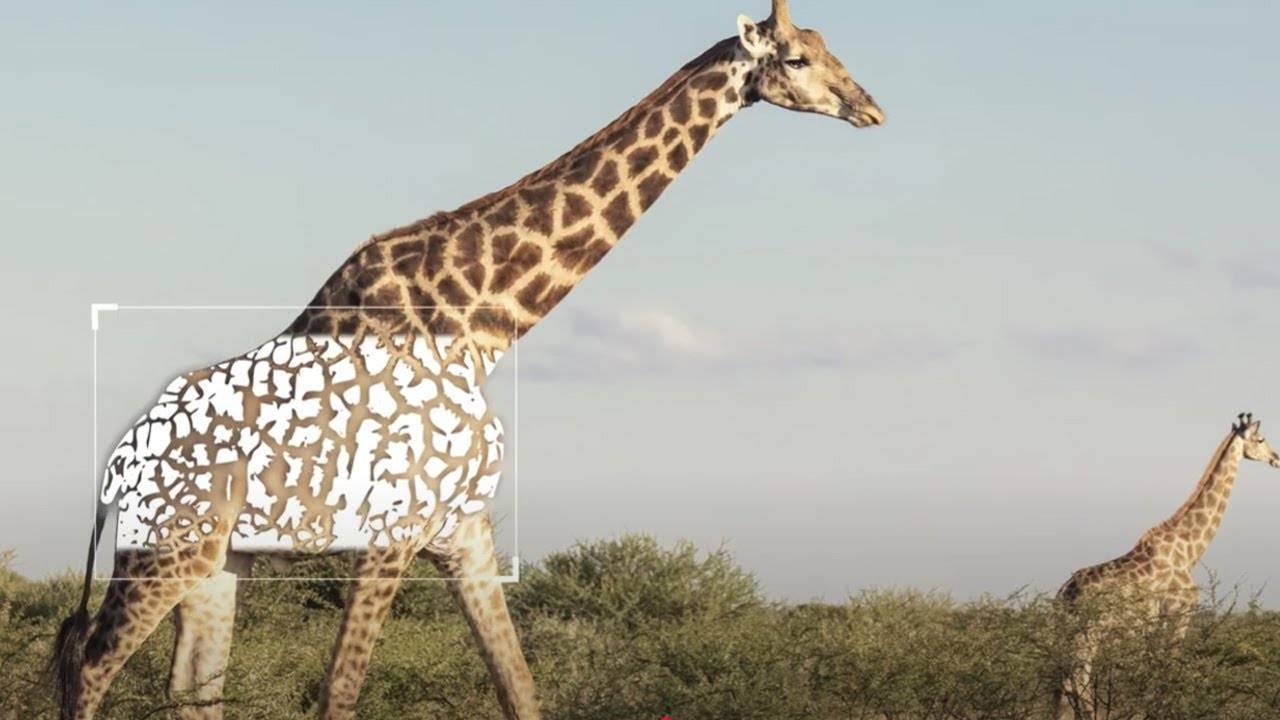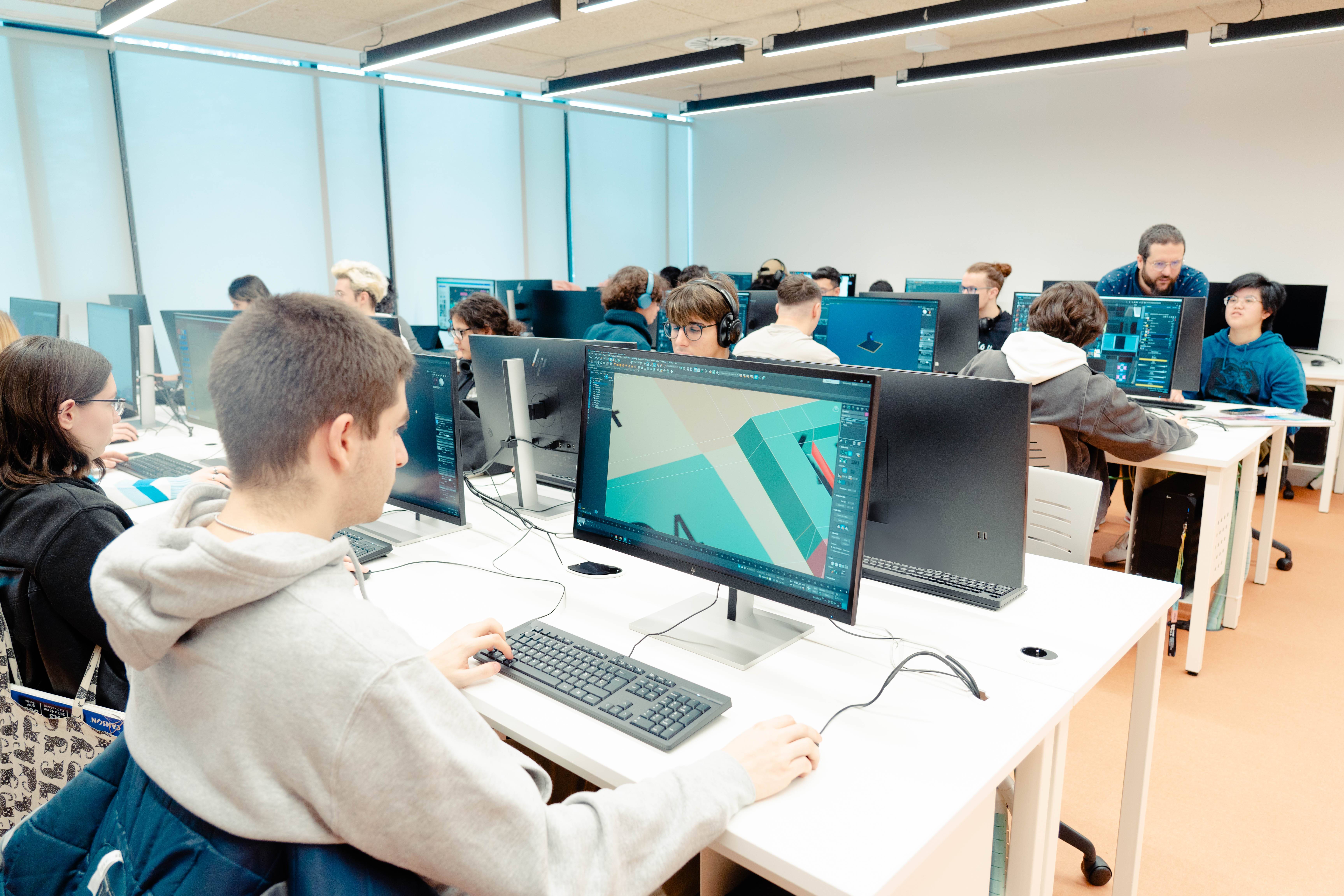What is the difference between Mathematics and Applied Mathematics in Software Engineering?
Mathematics or mathematical engineering is a fundamental discipline that has accompanied humanity since time immemorial. Its application in various areas of knowledge has enabled significant advances in science, technology and engineering. Software engineering, on the other hand, is a relatively modern discipline that deals with the development and maintenance of software systems. In this article, we will explore the differences between Mathematics in its pure form and Mathematics applied to software engineering, a degree we teach at UDIT, as well as its importance in this field.
Mathematics: Fundamentals and principles
Mathematics or mathematical engineering is the study of patterns, structures, forms and quantitative relationships using numbers and symbols. It can be divided into several branches, such as algebra, geometry, calculus, statistics, among others. Its main objective is to solve problems and understand the world around us through abstraction and logic. In its pure form, mathematics focuses on the development of theorems, proofs and abstract models that can be applied to a wide range of contexts. For example, the Pythagorean theorem in Euclidean geometry or the fundamental theorem of calculus in mathematical analysis are fundamental results that have applications in various fields, including software engineering.
Mathematics in software engineering
Software engineering, on the other hand, is a discipline that uses principles and techniques from engineering and computer science to develop quality software efficiently. It involves the analysis, design, development, testing and maintenance of complex software systems. Mathematics plays a crucial role in this process, but is applied differently compared to its pure form. Insoftware engineering, mathematics is used to model real-world problems, design efficient algorithms, analyse computational complexity, ensure software correctness and reliability, among other things. Some specific areas of mathematics that are of particular relevance in software engineering include graph theory, information theory, computational complexity theory and statistics.
DIFFERENCES BETWEEN MATHEMATICS AND MATHEMATICS APPLIED TO SOFTWARE ENGINEERING
Although mathematics in its pure and applied form share some fundamental principles, there are significant differences in how it is used in software engineering compared to other fields. Some of these key differences include:
- Focus on practical problem solving:
While pure mathematics often focuses on abstract, theoretical problems, applied mathematics in software engineering is used to address practical, real-world problems related to software development.
- Emphasis on implementation and efficiency
In software engineering, mathematics is applied to design efficient algorithms and optimise the performance of software systems. This involves practical considerations such as execution time, memory usage and scalability.
- Interdisciplinarity:
Software engineering is an interdisciplinary discipline that combines principles from computer science, mathematics, engineering and project management. This means that mathematics applied to software engineering is often combined with knowledge from other areas to solve complex problems.
- Emphasis on correctness and reliability:
In software engineering, it is crucial to ensure that the software developed is correct and reliable. Mathematics is used to verify the correctness of algorithms, predict software behaviour and ensure the safety and integrity of systems.
iMPORTANCE IN SOFTWARE ENGINEERING
Mathematics plays a crucial role in software engineering by providing a solid framework for the analysis and design of software systems. However, its application goes beyond simply solving equations or proving theorems. In software engineering, mathematics is used as a tool to address complex problems and make informed decisions throughout the software development lifecycle. For example, in algorithm design, mathematics is used to analyse the computational complexity and efficiency of proposed algorithms. In software verification, mathematics is used to demonstrate the correctness of programs and ensure that they behave as expected in different situations. In data analysis, mathematics is used to extract meaningful information from large data sets. In summary, while mathematics in its pure and applied form share some fundamental principles, there are significant differences in how it is used in software engineering. While pure mathematics focuses on abstract, theoretical problems, applied mathematics in software engineering is used to address practical, real-world problems related to software development. Its importance in this field lies in its ability to provide a solid framework for the analysis, design and development of quality software systems. Ultimately, mathematics is a powerful tool that enables software engineers to solve complex problems and advance the field of information technology.
Study Mathematics Applied to Software Engineering at UDIT
Mathematics applied to software engineering offers a wide range of possibilities for those interested in combining mathematics with technology. Degrees in this field are not only diverse and exciting, but also crucial to the advancement of society and technology. As the world becomes increasingly dependent on complex computer systems, the demand for professionals trained in these disciplines will only continue to grow. Studying mathematics applied to computer engineering at UDIT is not only an investment in a promising career, but also in the future of our technological society. At UDIT we have the Degree in Mathematics Applied to Software Engineering, where you will be trained in mathematics from a practical perspective, away from the traditional abstraction and problem solving. Your profile will be unique, as you will be able to access the official certification exams recognised worldwide, such as the Azure AI Fundamentals certification that allows you to achieve the first level in the path generated by Microsoft for artificial intelligence engineers.
more information
Career opportunities in mathematics applied to software engineering. 5 reasons why you should train in mathematics applied to software engineering. The perfect tandem for your future: mathematics and software engineering. Mathematics applied to software engineering. Discover one of the most sought-after profiles in the market.









